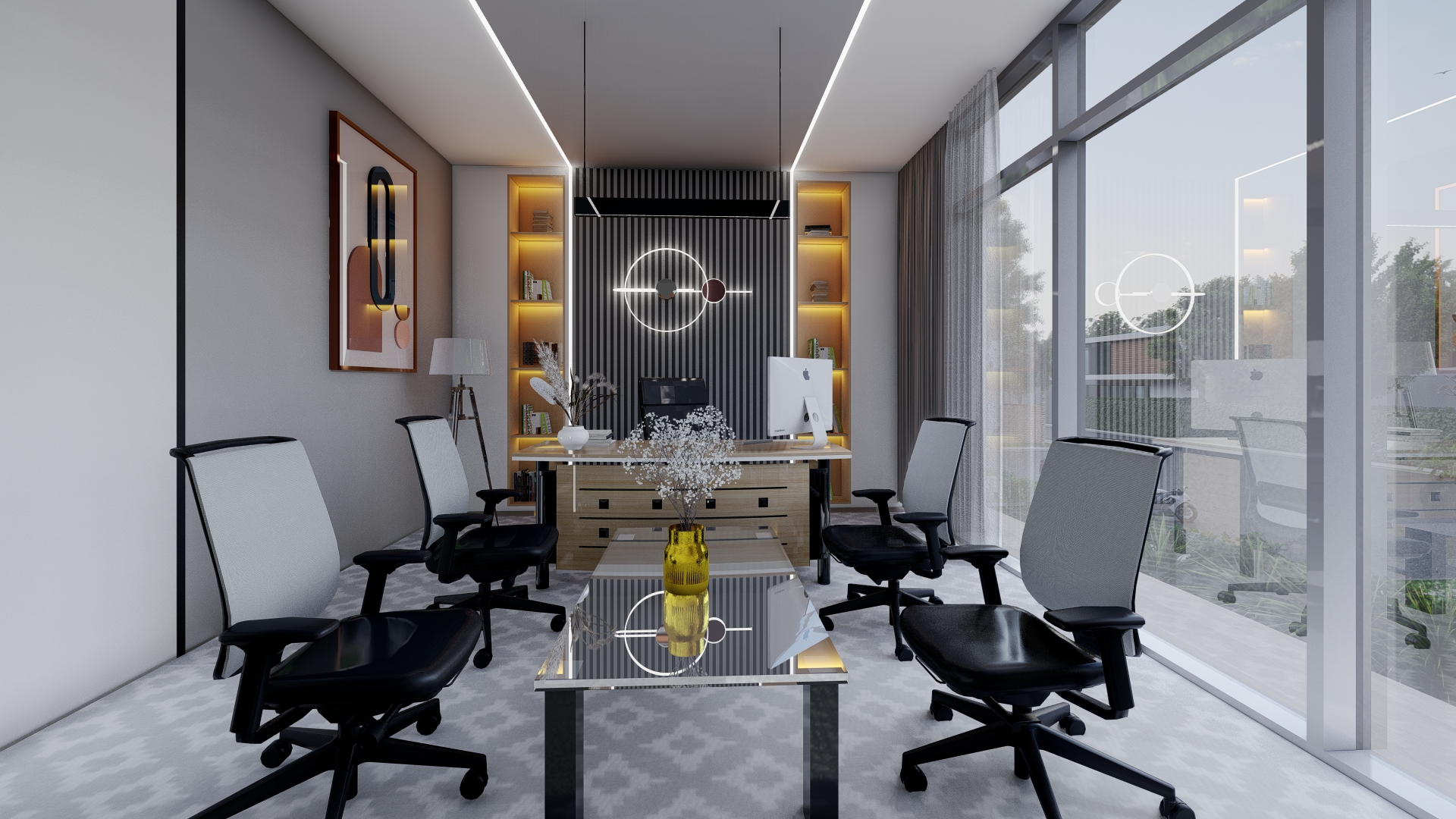Office space transformation is revolutionizing the way businesses design their work environments. In today’s world, companies are shifting away from traditional office layouts to more flexible, collaborative, and employee-focused designs. This transformation focuses on enhancing productivity, attracting top talent, and improving employee well-being.
One of the most significant changes in office space transformation is the move to open-plan offices. Traditional cubicles are being replaced by modular workstations that allow employees to easily adjust their workspace to suit their needs. This flexibility not only boosts productivity but also encourages collaboration and creativity.
To further promote collaboration, many businesses are integrating break-out areas, lounge spaces, and flexible meeting rooms. These zones encourage informal discussions, brainstorming sessions, and cross-team collaboration. Additionally, incorporating natural elements such as greenery and plants into the design can create a more inviting and relaxing atmosphere.
The integration of ergonomic furniture also plays a crucial role in office space transformation. Comfortable chairs, adjustable desks, and ergonomic setups help employees maintain their health and well-being while working for long hours.
As hybrid work models become more prevalent, integrating technology into office spaces is essential. Smart conference rooms, collaborative tech tools, and adjustable workstations can enhance the functionality of the office. By leveraging these modern solutions, businesses can foster a work environment that supports both in-person and remote employees.
A well-designed office is more than just a place to work. It is a space where employees can feel inspired, connected, and supported. With the right office space transformation, businesses can improve morale, increase productivity, and retain top talent.

